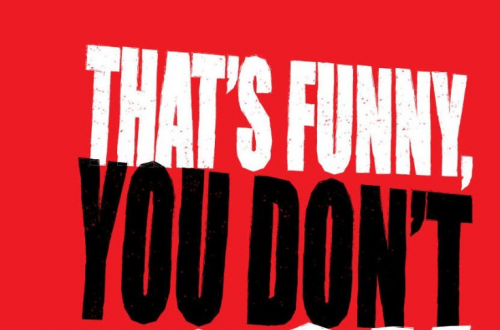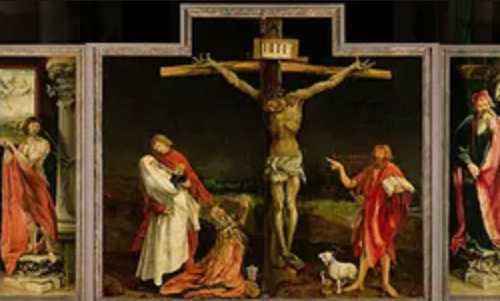I was planning on interrupting reading Frank Dikötter’s just published and gripping book, Mao’s Great Famine: The History of China’s Most Devastating Catastrophe, 1958-62, to commence reading Tony Blair’s A Journey. This plan fell apart as I became too engrossed in Dikötter’s riveting study. The reading of Tony Blair’s memoirs was put on hold. In today’s newspapers, The Observer refers to Dikötter’s book as “masterly” and The Sunday Times as “a work of brilliant scholarship.”
Dikötter explains in meticulous detail the policies that led to the deaths of over 45 million people during the period 1958-1962:
Thanks to the often meticulous reports compiled by the [Chinese Communist Party] itself, we can infer that between 1958 and 1962 by a rough approximation 6 to 8 percent of the victims were tortured to death or summarily killed – amounting to at least 2.5 million people. Other victims were deliberately deprived of food and starved to death. Many more vanished because they were too old, weak or sick to work – and hence unable to earn their keep. People were killed selectively because they were rich, because they dragged their feet, because they spoke out or simply because they were not liked, for whatever reason, by the man who wielded the ladle in the canteen.
Local farmers knew that the agricultural methods that the Communist Party insisted upon were absurd, but as the Party is always correct, these were the methods that people were forced to follow. Huge percentages of grain and other produce grown were sold abroad, often below cost, and in some cases given away. Meanwhile, the population at home was starving. The logistics of transporting this grain had not been properly thought out. Dikötter concludes, “It would have been difficult to design a more wasteful system, one in which grain was left uncollected in dusty roads in the countryside as people foraged for roots or ate mud.”
To add to the catastrophe, people were taken out of working on farms because Mao Zedong decided that he wanted substantially higher steel production in his Great Leap Forward. Yet, according to an official Chinese report, “in many provinces not even a third of the iron produced by backyard furnaces was usable.” Moreover, even ignoring the damage caused to the people and to the buildings that had their floorboards ripped out to provide fuel for the furnaces, the project was substantially loss making.
To add further to the problem, Mao insisted upon paying back foreign loans years earlier than necessary. This meant an even higher amount of food produce was exported as opposed to retained for the Chinese population where it was desperately needed.
One disaster after another; horror after horror; death after death; and terror. The blame should be properly placed with the Communist government for the policies that they insisted were carried out. At the top of the party was one man, Mao Zedong. Those beneath him, aware they could be purged if they tried to cross him, obediently enforced these policies and praised Mao for his leadership. This is a man who said, “When there is not enough to eat, people starve to death. It is better to let half of the people die so that the other half can eat their fill.”
In China alone, tens of millions died trying to fulfil an impossible dream: that of a Communist utopia. There are still people in the world today who promote the idea of Communism. They can only look forward to a society that they dream of because they cannot look back at others who have attempted the same thing. For if they did, they would only see death, destruction, famine, torture and the Gulag.


